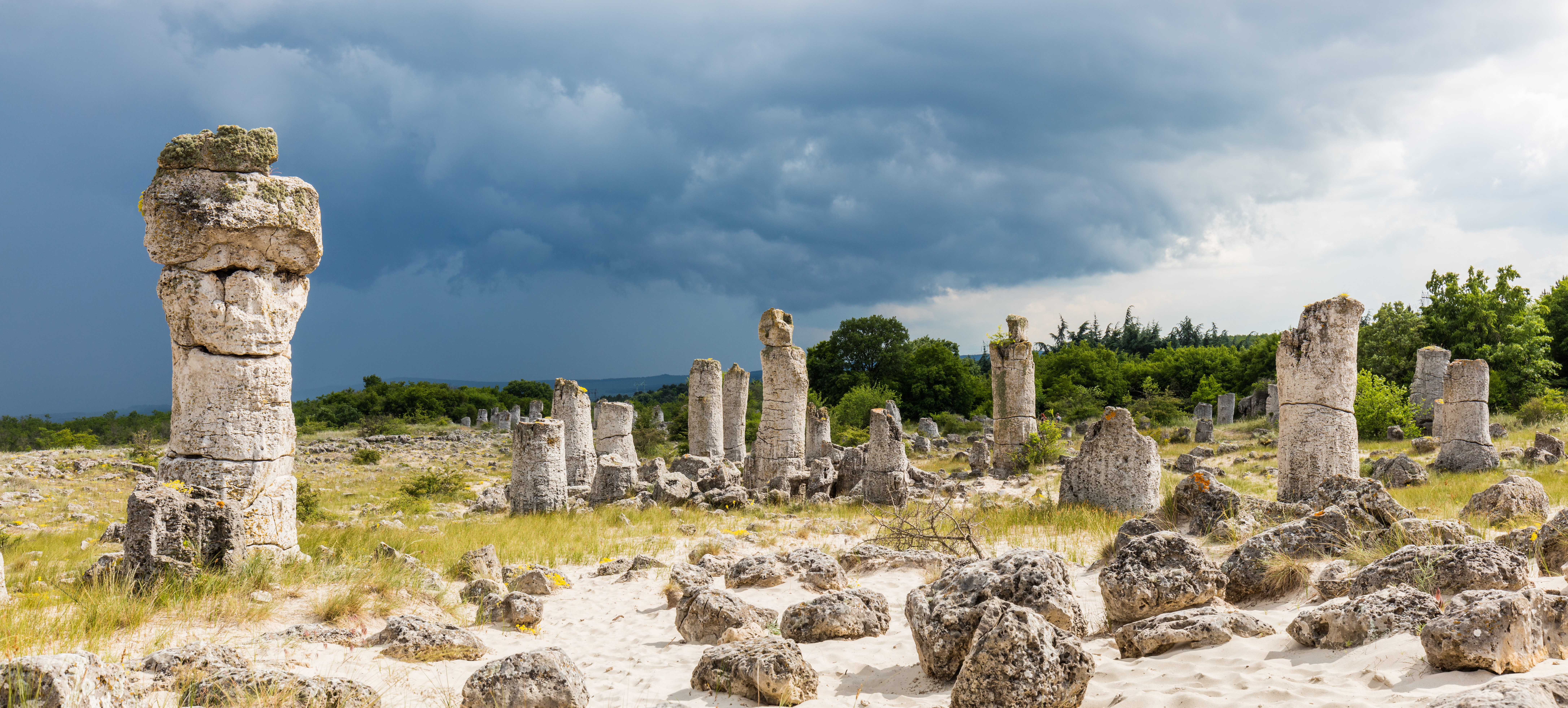This year, nine of the Central and Eastern European countries are organizing the national stages of the international photo competition “Wiki Loves Earth“. Six of them are right now in the middle of the one-month contest period, which traditionally starts on 1 May, for one country – Moldova – it starts on 15 May, and the last two – Bulgaria and Georgia – opted to carry out the contest during June.
Although a photo contest, “Wiki Loves Earth” blends well together with the regional article writing contest “CEE Spring”, where one of the categories in each country’s article lists is dedicated to nature and geography. Pictures uploaded to Wikimedia Commons for the photo competition can easily contribute to making these articles better illustrated, both locally and crosswiki. The countries that opted to organize their national stages of WLE in May are Azerbaijan, Greece, Latvia, Russia, Serbia and the WLE inventor Ukraine.

Azerbaijan participates in this year’s CEE Spring lists with 37 articles on nature or geography, including the overview articles about “National parks of Azerbaijan” (and 5 national parks) and “State reserves of Azerbaijan” (and 12 out of 15 reserves). 19% of their proposed articles are covered in the rest CEE languages, with Georgian, Russian and Ukrainian having all or almost all of them! The most translated articles across CEE are those about all national parks and the Zangezur National Park, with 11 versions of Wikipedia containing each of them. In the meanwhile, the Azerbaijani WLE page shows all these national parks, state reserves and sanctuaries in a beautiful physical map. The 116 images uploaded so far in the photo competition have been contributed by 14 photographers. Only one of these fresh images has been used in the local version of Wikipedia – and maybe the CEE community can help a bit to change this! 🙂
The CEE Spring organizing team in Greece has proposed 16 topics on nature and geography, almost all of them already written in Russian, Ukrainian and German. 23% of the articles already exist in the 29 CEE language that participate this year. The best covered topic so far is the Lake Trichonida, written in 13 of these 29 languages, while the article about Lake Vouliagmeni still exists only in the local language. In WLE, Greece performs well with 870 uploaded images by now, uploaded by 108 uploaders. 11 of these images are already in use in articles in Greek, English and Portuguese Wikipedia.
Latvia proposed 10 articles on nature or geography, which so far score 29% coverage across the region. Unsurprisingly, all of these articles already exist in Lithuanian and Russian, with Ukrainian and Estonian coming next. The most popular of these is the article about the Gauja National Park, and not only within its category, but also in the whole list of proposed articles. In WLE this year, Latvia so far has registered 105 uploaded photos by 16 uploaders, and 9 total image uses in Latvian Wikipedia and Wikidata. But this is only the first year, in which Latvia joins the photo contest, so these numbers can only increase! Hopefully, after the present report, this statistics may actually change, getting a better cross-wiki usability of the gorgeous Latvian nature photography!

In its Nature / Geography section of CEE Spring 2017, Russia suggested 93 articles, including about 30 national parks and reserves. Russian Wikipedia which traditionally offers good coverage of the articles about the rest CEE countries, has only 21% coverage of these topics across the region, with highest performance in the Ukrainian version (78 articles), German (56) and Polish (50). The most popular article of a national park is Sochi National Park with 8 language versions having articles about it. In the local stage of WLE in Russia, 2124 files have been uploaded so far, by 186 distinct uploaders with 101 distinct and 112 distinct image uses. Fun fact: most of these images were used in the Russian version of Wikivoyage (93).
In the local stage of “Wiki Loves Earth”, Serbia has scored so far 301 photos, uploaded by 19 volunteers. According to “Glamorous”, these uploads have about 3.65% usability: 13 total image uses, 12 of which in Serbian Wikipedia. In CEE Spring, compared to the other analysed article lists, the 10 proposed articles about Serbian nature and geography are impressively well covered in the rest CEE languages: 66% of coverage with six languages (apart of Serbian) having all of the ten, and other nine languages featuring 7-9 articles from the list. It’s interesting to analyse whether these topics were so well covered beforehand, or they were massively created during the contest. But whatever the reason, this means one thing: next year, the Serbian organizing team will have a lot of work outlining a new list of topics to feed the CEE community hunger for nature and geography topics. 🙂
Alphabetically last but chronologically first, the inventor of the “Wiki Loves Earth” contest, Ukraine, is traditionally one of the most massive suppliers of freely licensed nature photography in the contest. With their current number of 3689 images, uploaded by 145 volunteers by the middle of the contest, Ukraine are globally the second best performing participant in this year’s WLE, after Germany. 99 of these fresh images are already in use locally, and 1 has been included in English Wikipedia. On this background, the 15 articles on Ukrainian nature or geography, proposed for writing in the frames of CEE Spring, have 30% of coverage across the region, with Russian, German and Belarusian featuring respectively 15, 11 and 10 of the articles. The list includes both the umbrella term “National parks in Ukraine“, as well as articles about several of these parks. One of these parks, Podilski Tovtry National Nature Park, exists in only two of the CEE Spring languages. You may consider writing about it in your language and using some of the contributed WLE images to illustrate your local articles.

All the statistics are generated on 14 May (9 AM CET), using:
